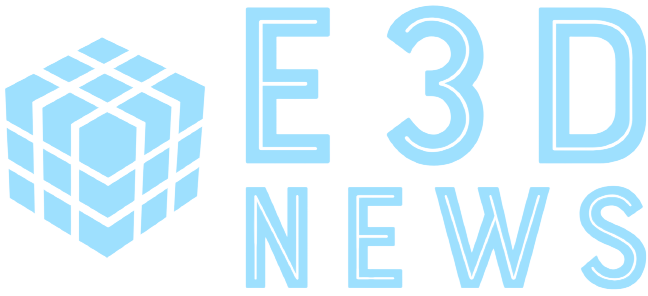When even Donald Trump doesn’t want to return to Twitter after Elon Musk desperately re-activated his account, you know the company may be circling the drain.
There are many theories as to why Musk keeps making moves that could destroy Twitter, including: He hates advertisers, he hates liberals, he hates conservatives, and that he is being paid by authoritarian regimes including Russia to dismantle Twitter. Of course, the most popular theory, which is even being projected onto the Twitter offices in SF, is that he is a manbaby who is having a tantrum because people aren’t paying enough attention to him.
The problem with that theory is that Musk is an actually proven visionary who created SpaceX and Tesla. He is also a successful businessman who has used Twitter many times to make an end run around bad press and talk directly to the public and to his investors. Much like Trump, Musk has used Twitter many times to amplify minor press releases into major news stories and turn the news cycle in his favor. Many people think the reason he bought Twitter is to be in control when he takes SpaceX public. While Musk may hate others, he definitely loves the sound of his own voice.
Musk is not the first tech billionaire to buy access to a media channel and you shouldn’t write him off yet. He may keep Twitter afloat. But choices are never a bad thing so here are 3 alternatives to Twitter that are especially useful for educators.
1. Mastodon
Mastodon is probably the alternative to Twitter that is attracting the most scientists and educators. It was founded in 2015 and has over a million users.
Mastodon gGmbH — the small German nonprofit that develops Mastodon’s codebase and maintains mastodon.social, the first Mastodon server — is crowdfunded. It is compleatly open source which means no ads. Anyone can download all of the code and change it. While it sort of looks like Twitter, Mastodon is decentralized, which means that anyone can start their own server/instance. Users can interact with other instances in an interconnected community called the Fediverse.
When you first sign up to the platform, you’re asked several questions about what you would care about appearing on your feed (NSFW, spam, links to illegal content etc). And depending on your answers, you can then join an ‘Instance’ that is specifically tailored to your content preferences.
With each server having its own moderator and rules means you are at the mercy of the moderator because they control what you see. While the moderation policies are controlled by Twitter for all users on that platform, Mastodon works differently. Each server on Mastodon has its own rules and regulations and the moderation strategy which is decided by the admins of the servers. While one server may allow something, another may not.
2. Tumblr
Tumblr is old school. It was founded 2007, but Tumblr’s design makes it more of a visual-first platform than Twitter. You can post all sorts of content: text, photos, videos, GIFs, and even audio. You can also interact with posts from people you follow by reposting (retweeting) them and replying to them just like you would on Twitter. It has 529 million blogs and many more users. The company seems to be reaching out to disaffected Twitter users. Tumblr recently reversed its nudity ban in an effort to attract Twitter migration.
Celebrities like Ryan Reynolds are moving to Tumblr, probably because it is a more visual platform. Tumblr has recently seen more growth in the US than globally.
3. Old Social Media
Discord, Facebook, Reddit, and Instagram are grouped together because most people are familiar with them and understand how they work. Each of them has some advantages and disadvantages when compared to Twitter and a low bar to entry because many people have them already. The real problem is that none of them have the reach of Twitter.
The biggest problem with all of the above platforms is that none of them have the variety of people when compared with Twitter. But that can change. While we wait out Twitter’s destruction or resurrection, take a look at some of the alternatives listed here.
More Stories
A Boomer’s view of Student Debt
Student loan forgiveness has been in the news again recently with the White House announcing $5.8b additional student loan debt...
Justin Reich on Learning Loss, Subtraction in Action, and a future with much more disrupted schooling
Justin Reich is an education and technology researcher and the director of MIT’s Teaching Systems Lab. He hosts a podcast...
Esports could help re-diversify a shrunken curriculum
Esports and schools feel like a pretty strange fit. Regular sports have always gone with schools, but adding esports still...
People aren’t flipping out for flipped classrooms like they used to
Flipped learning, a new strategy for teaching that flips the traditional idea of classroom lecture followed by homework on its...
Review of “How to Raise Successful People” by Esther Wojcicki
This is an interesting book with the perspective of a unique person that ultimately falters because of the blind spots...
Mixed Reality in the Classroom: 5 Revolutionary Learning Experiences
We are entering a period where Mixed Reality (MR) is becoming more and more common. At E3D News, we have...
